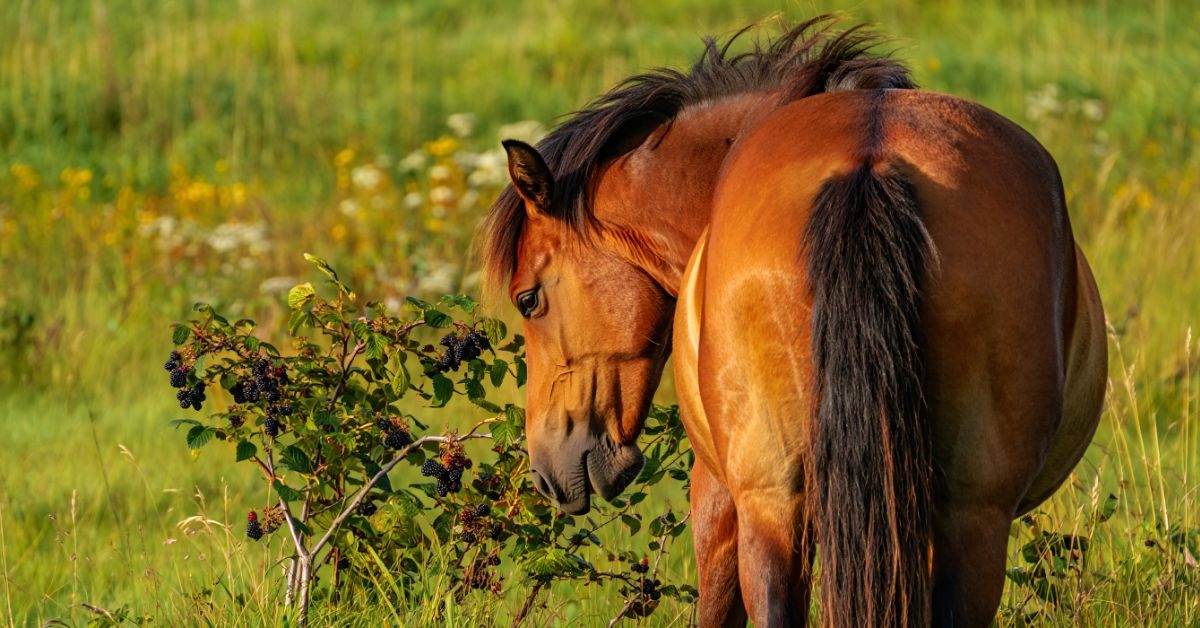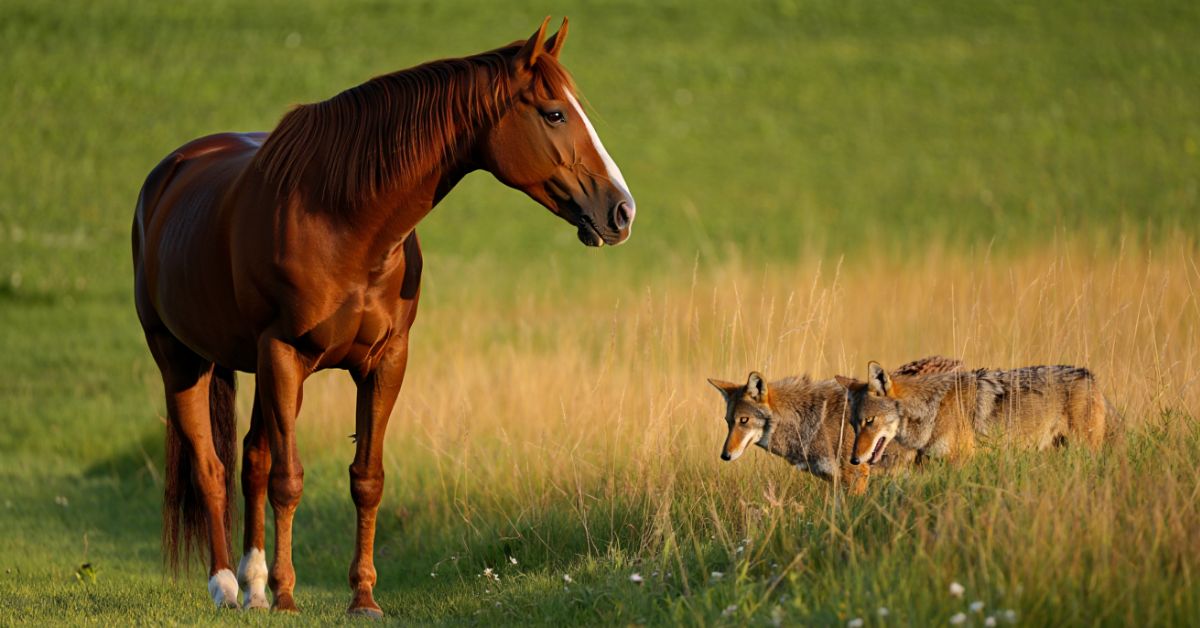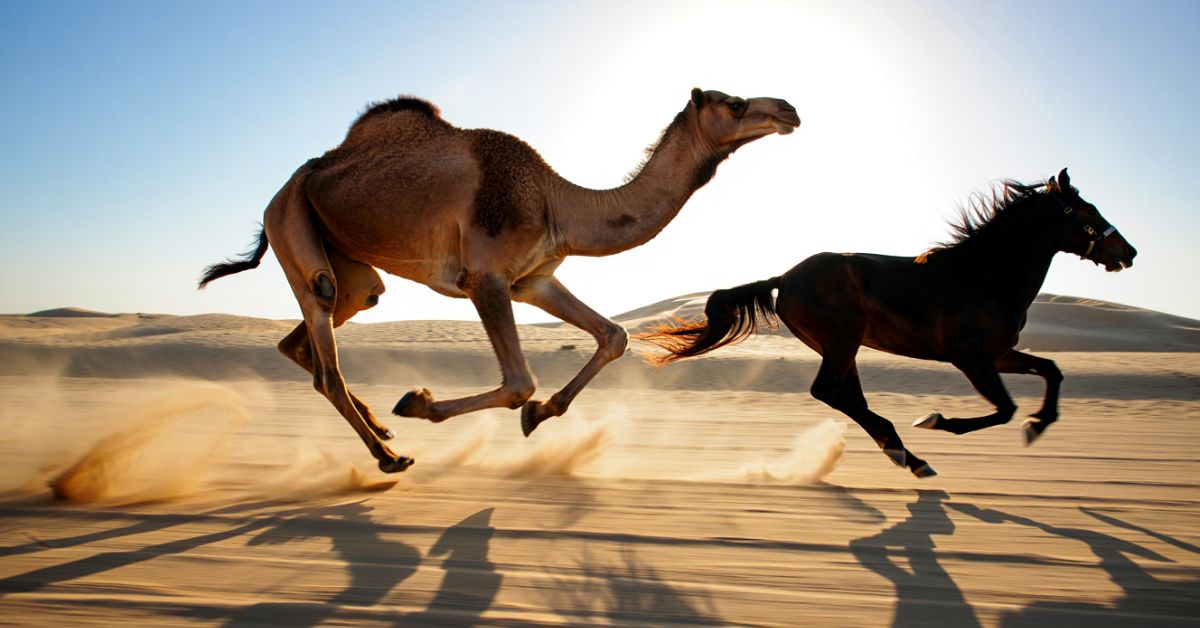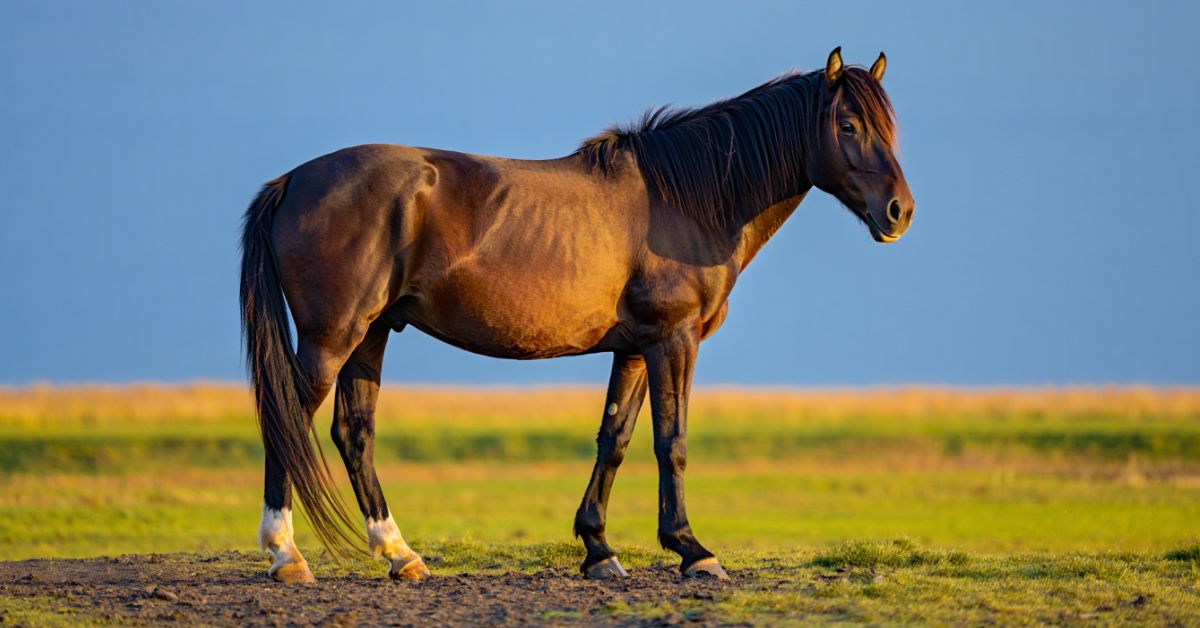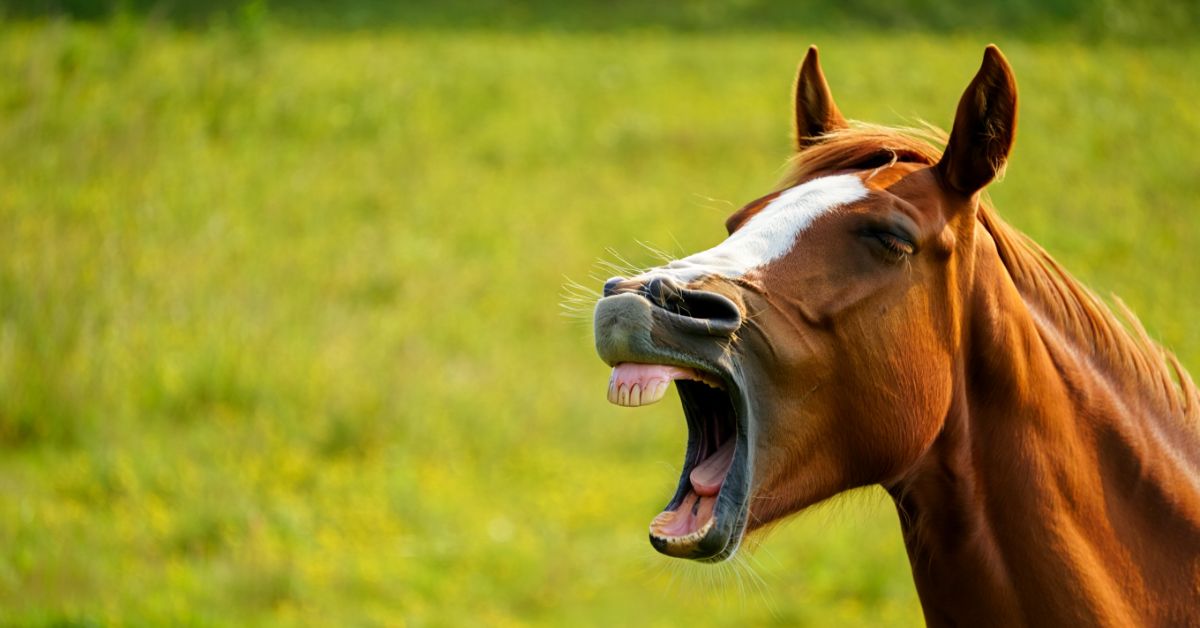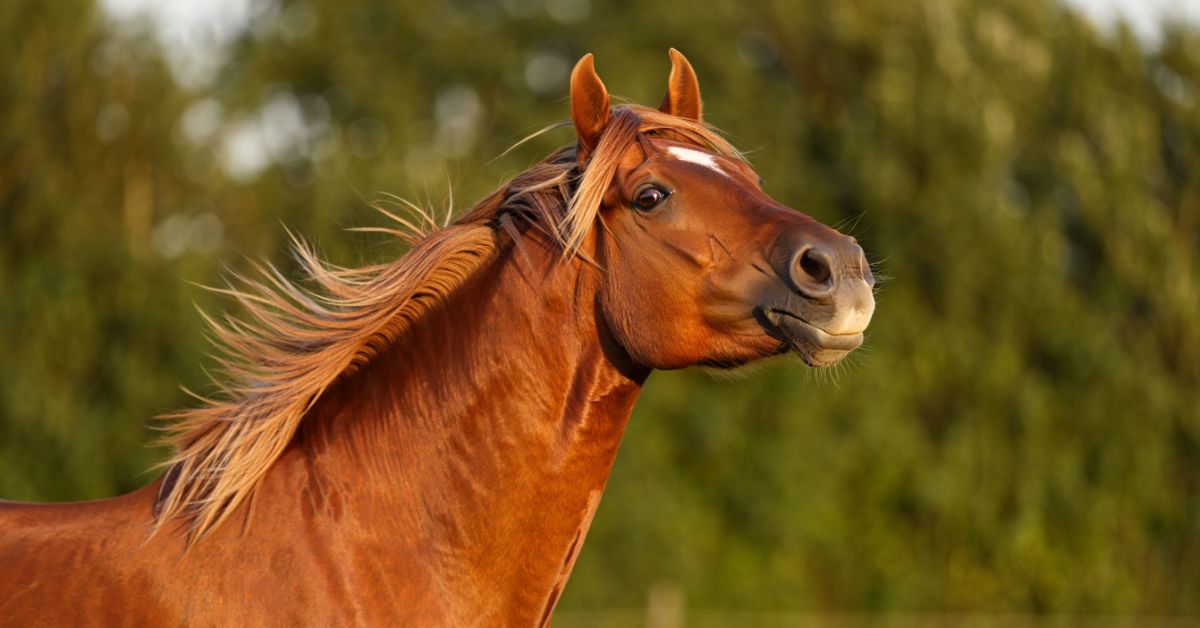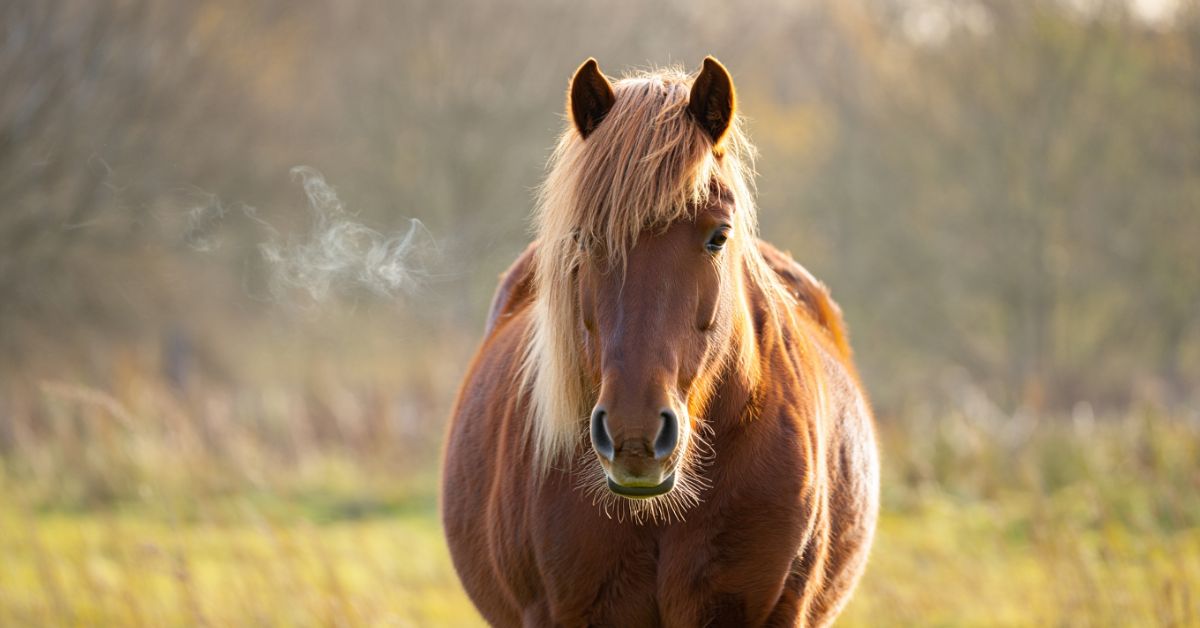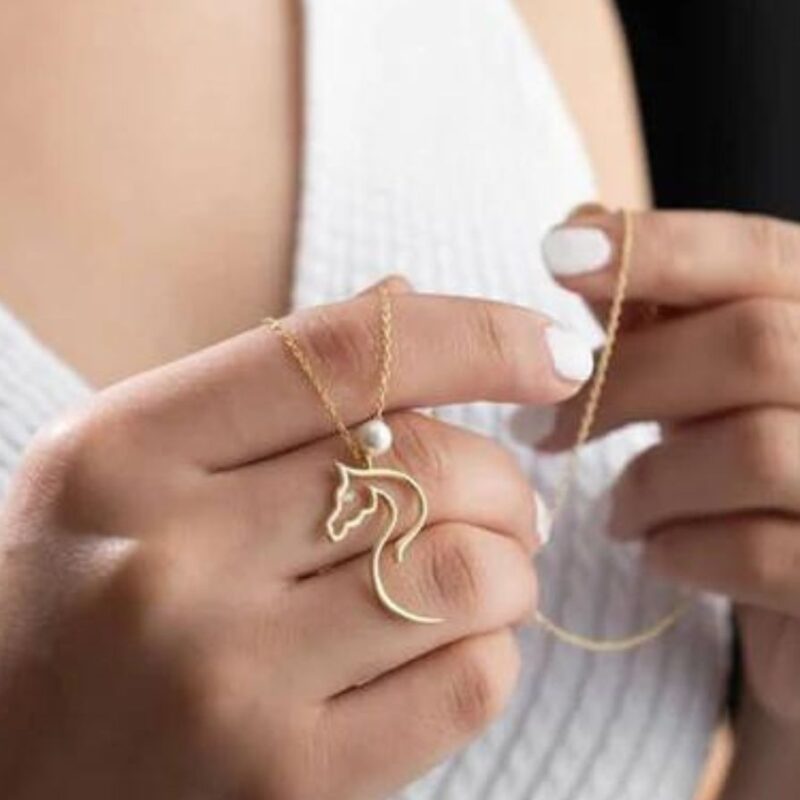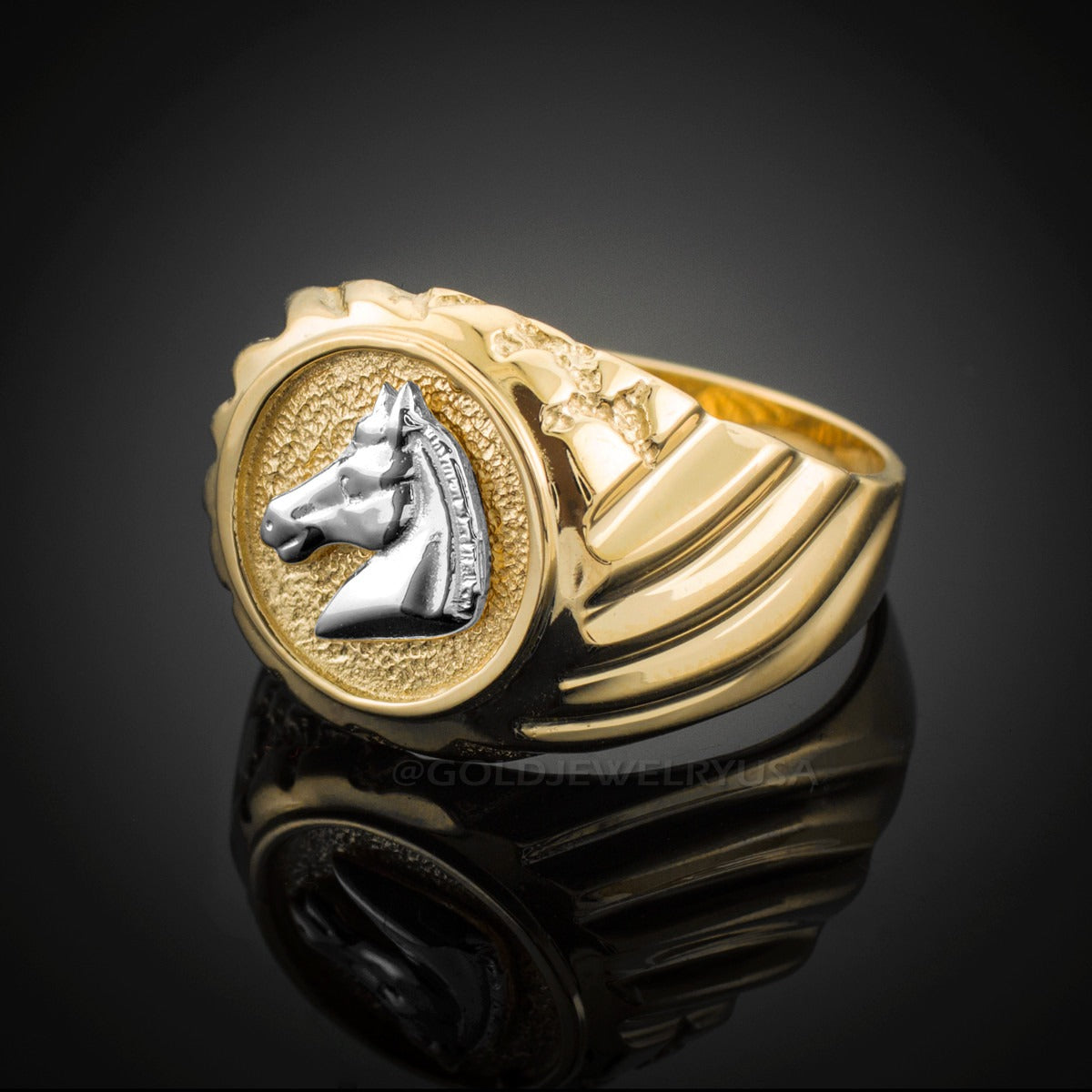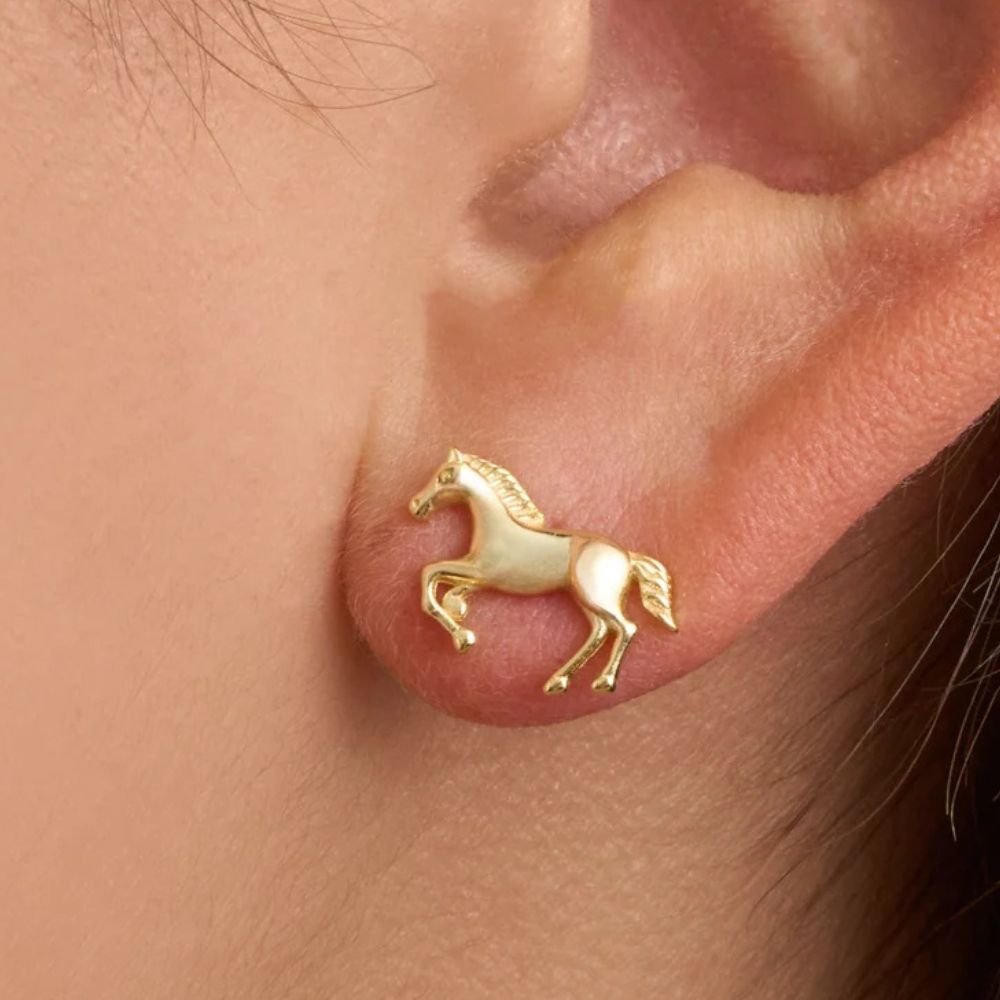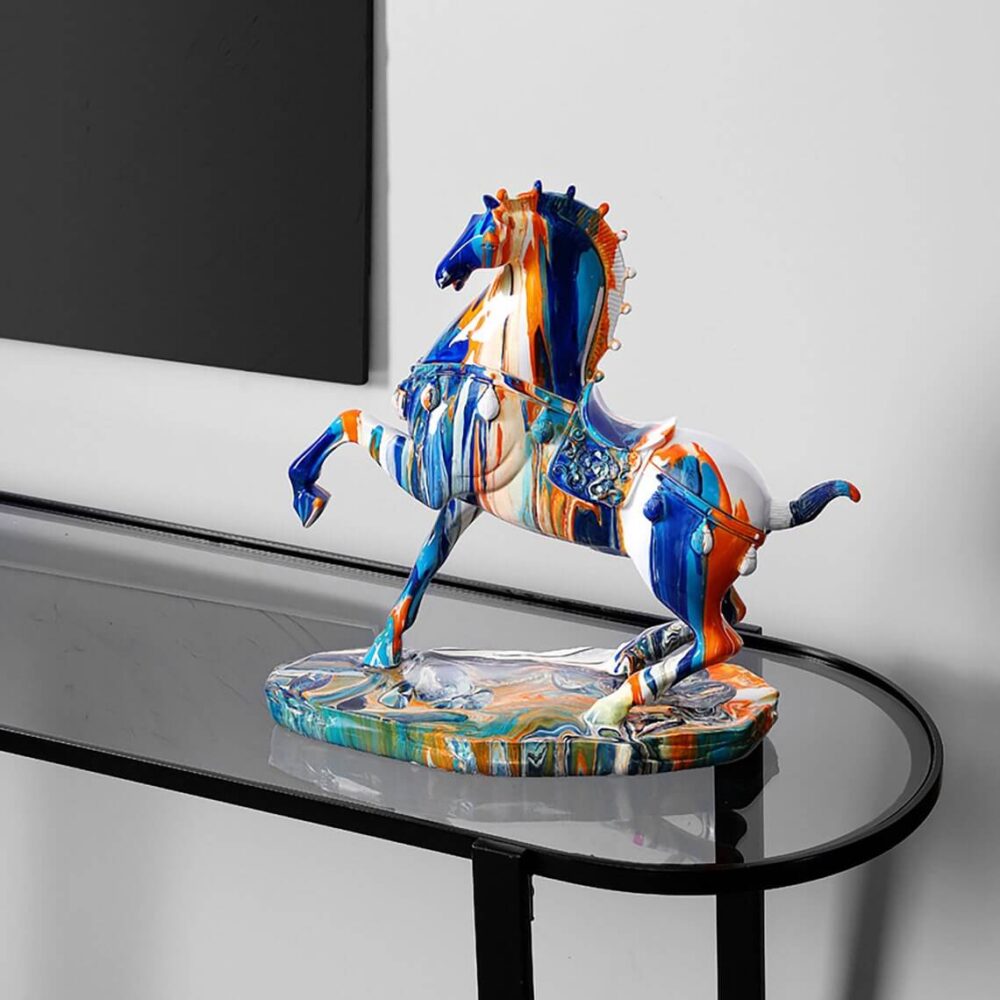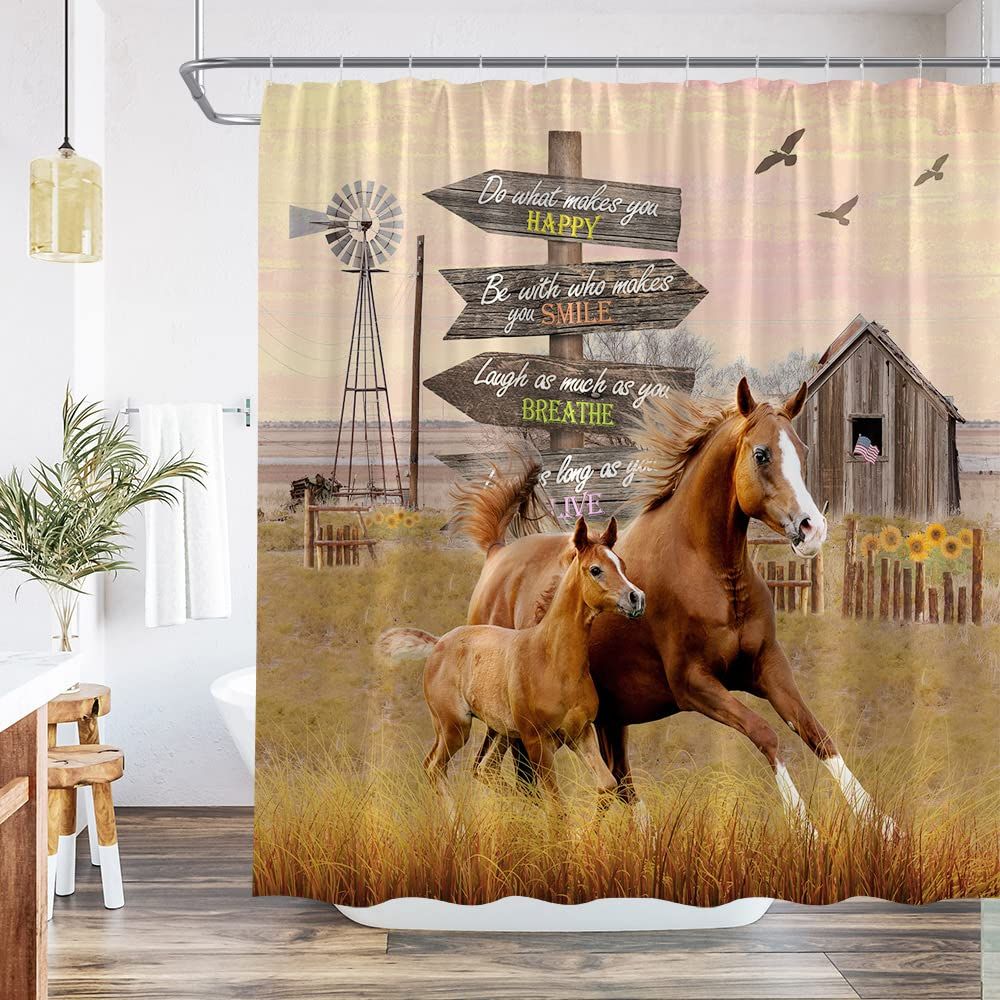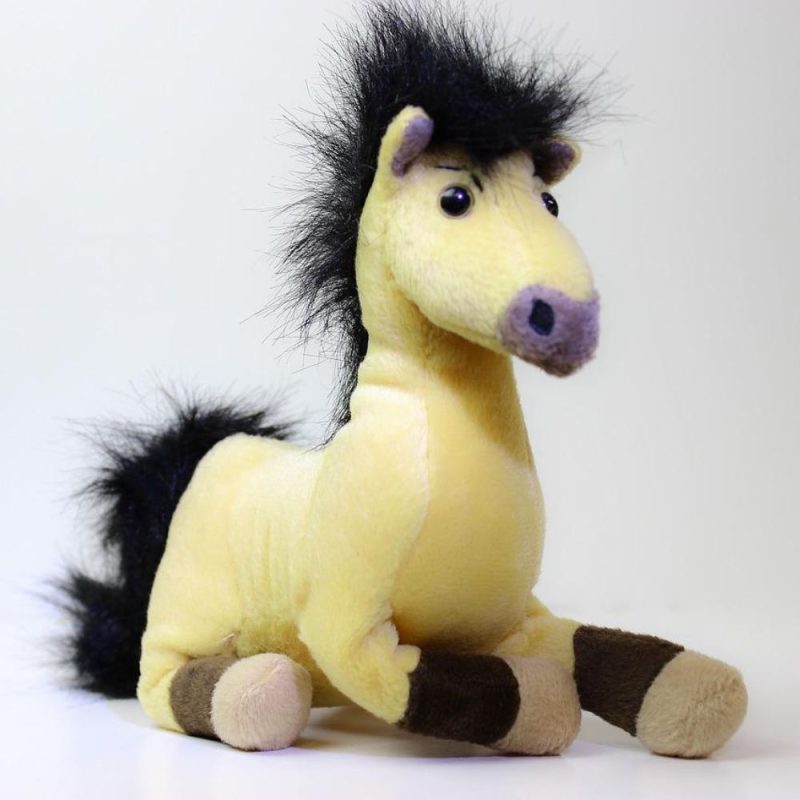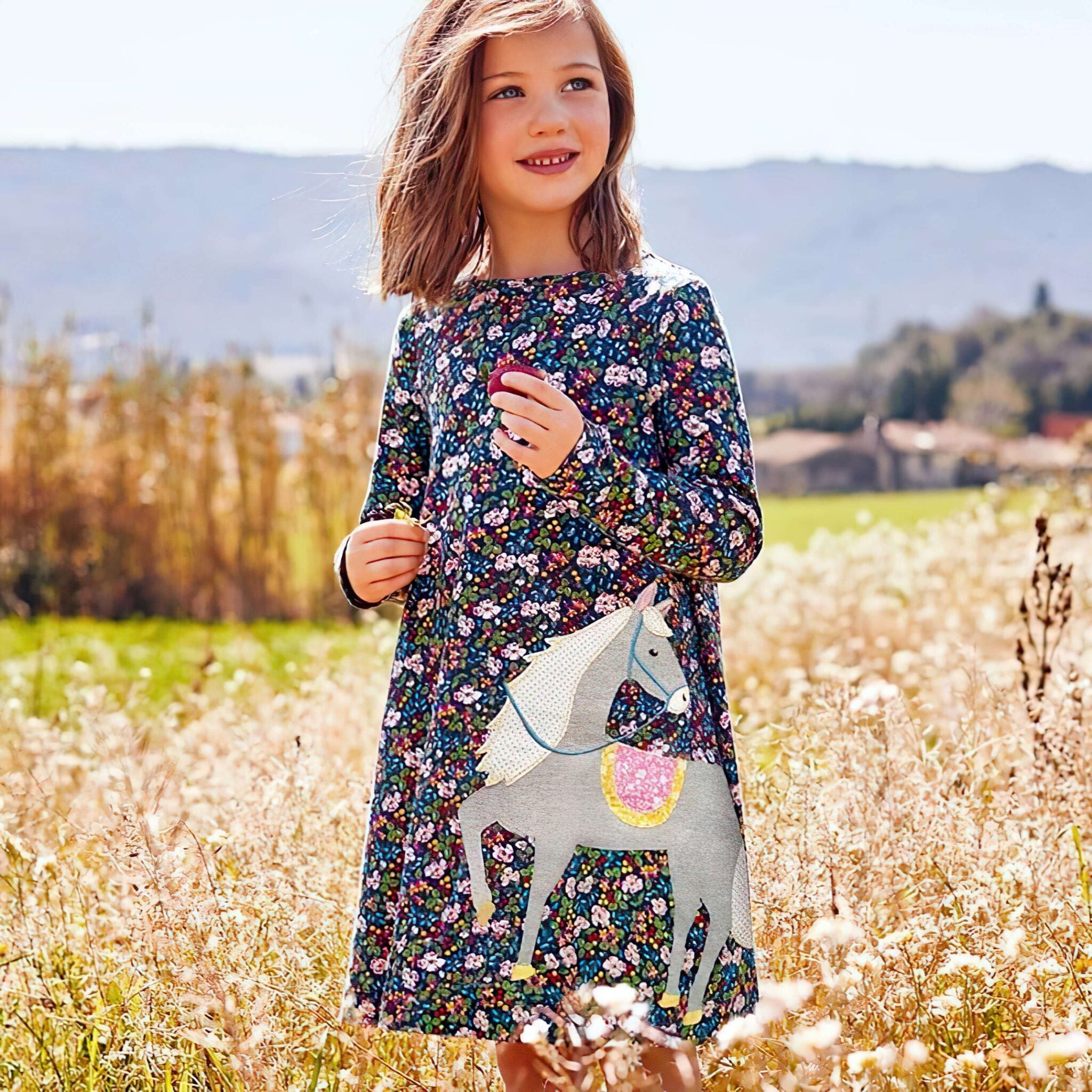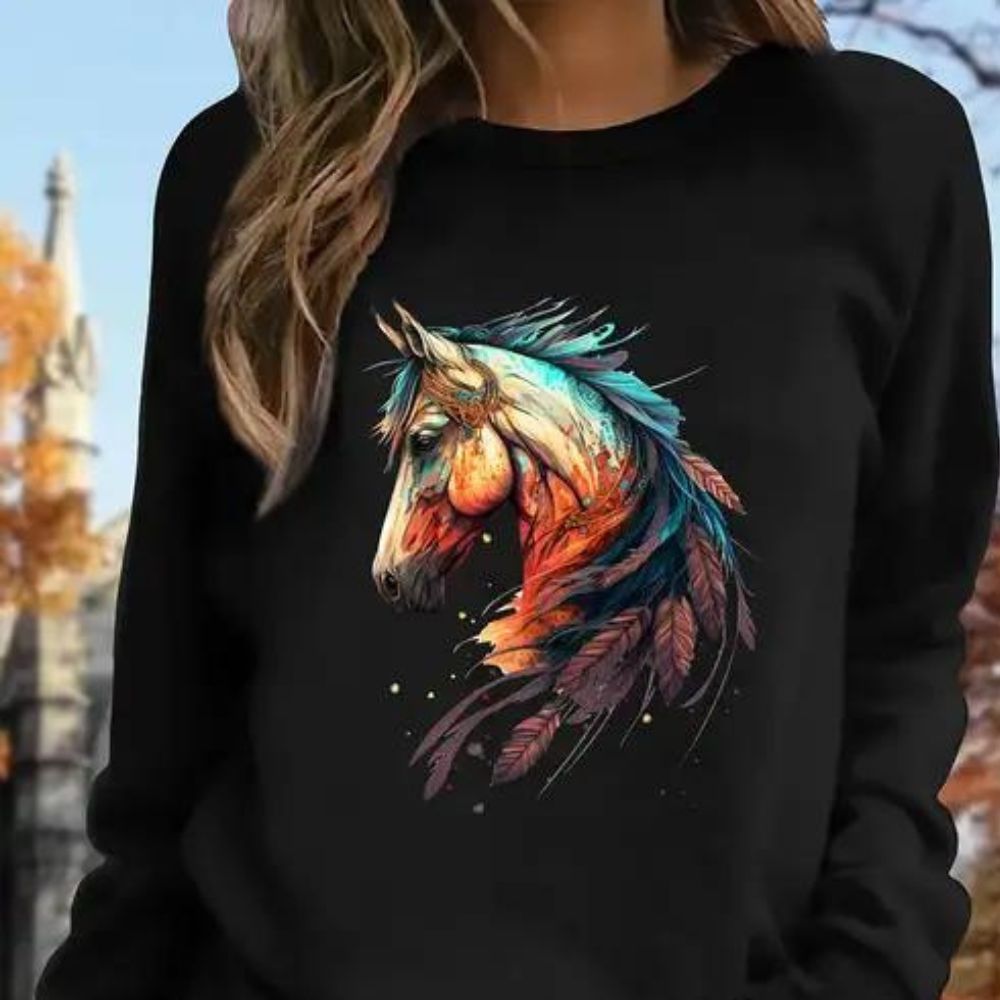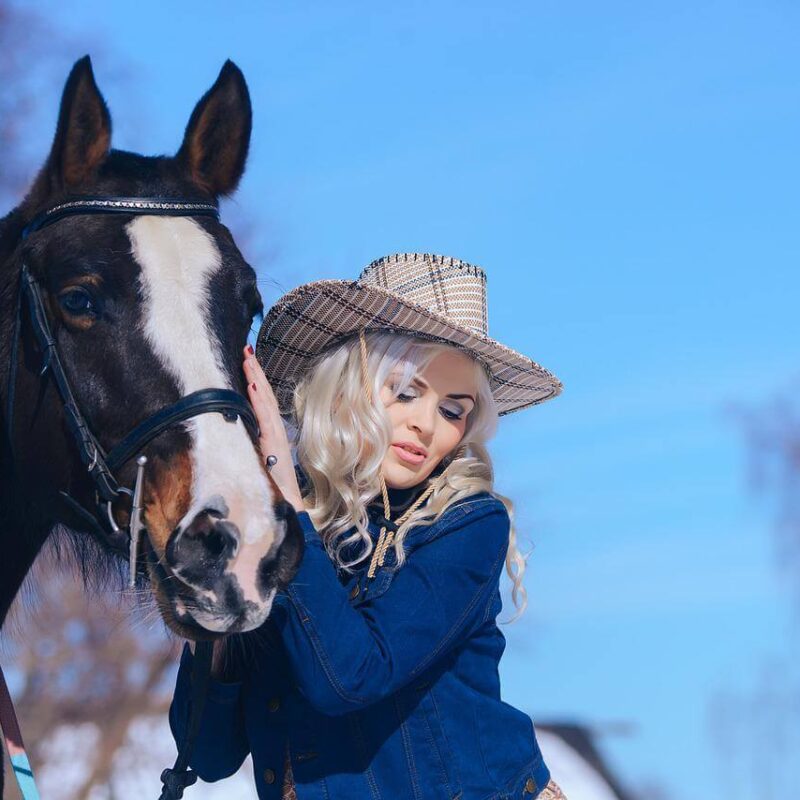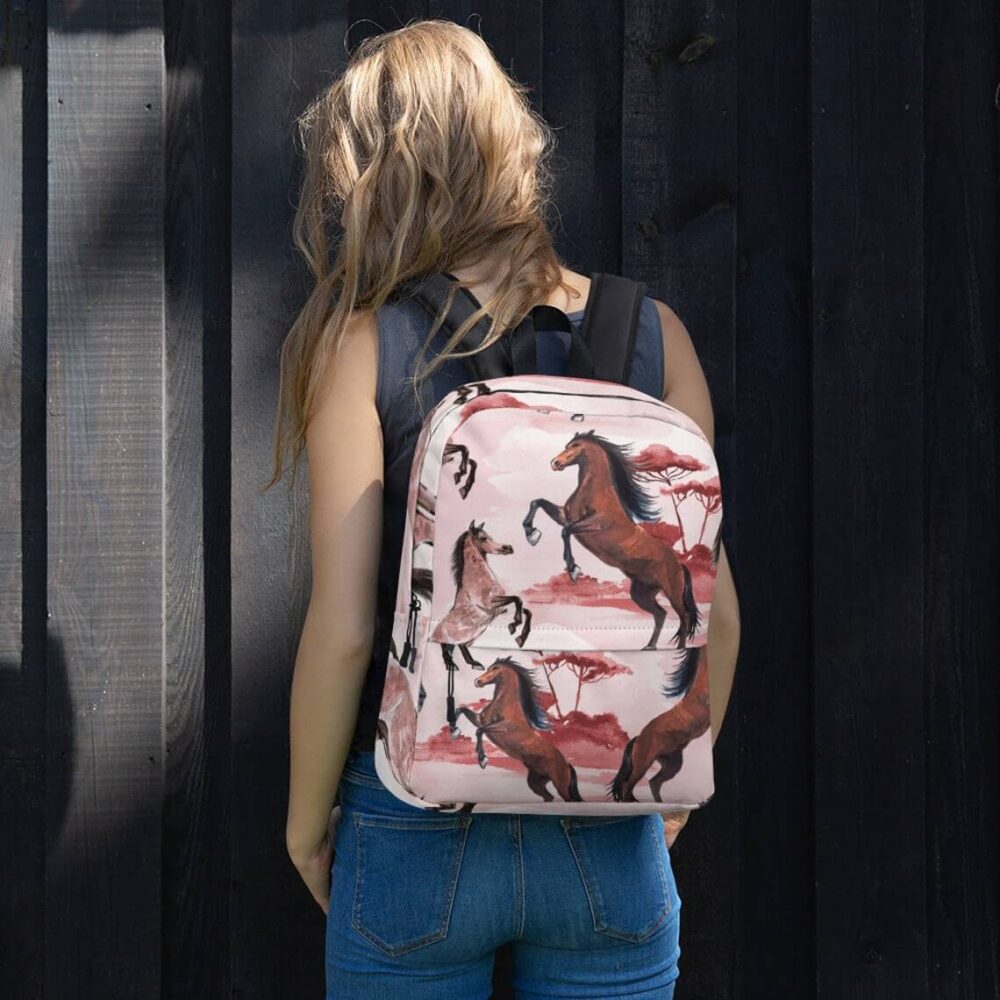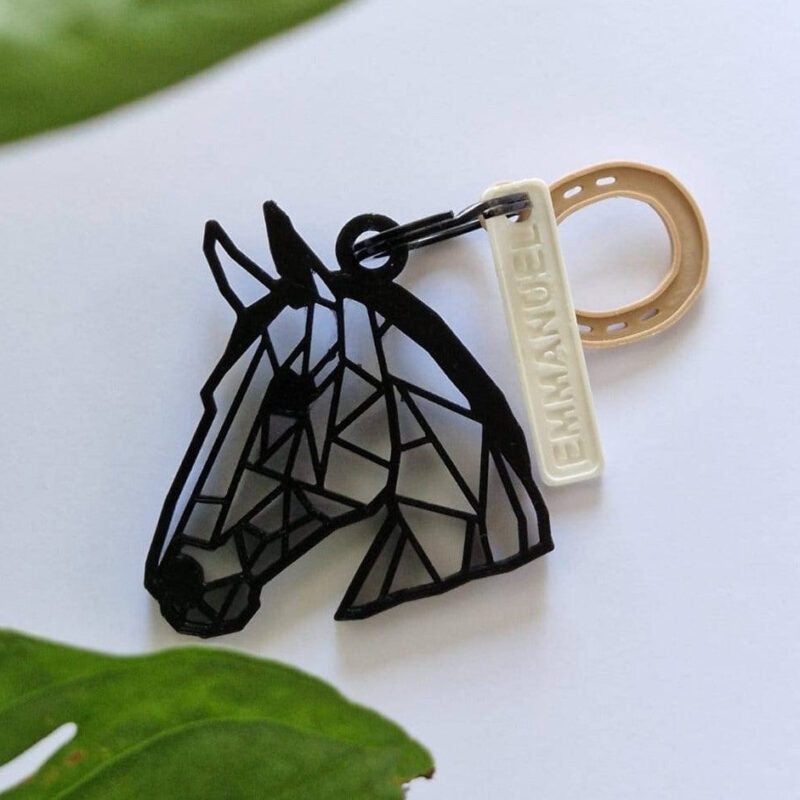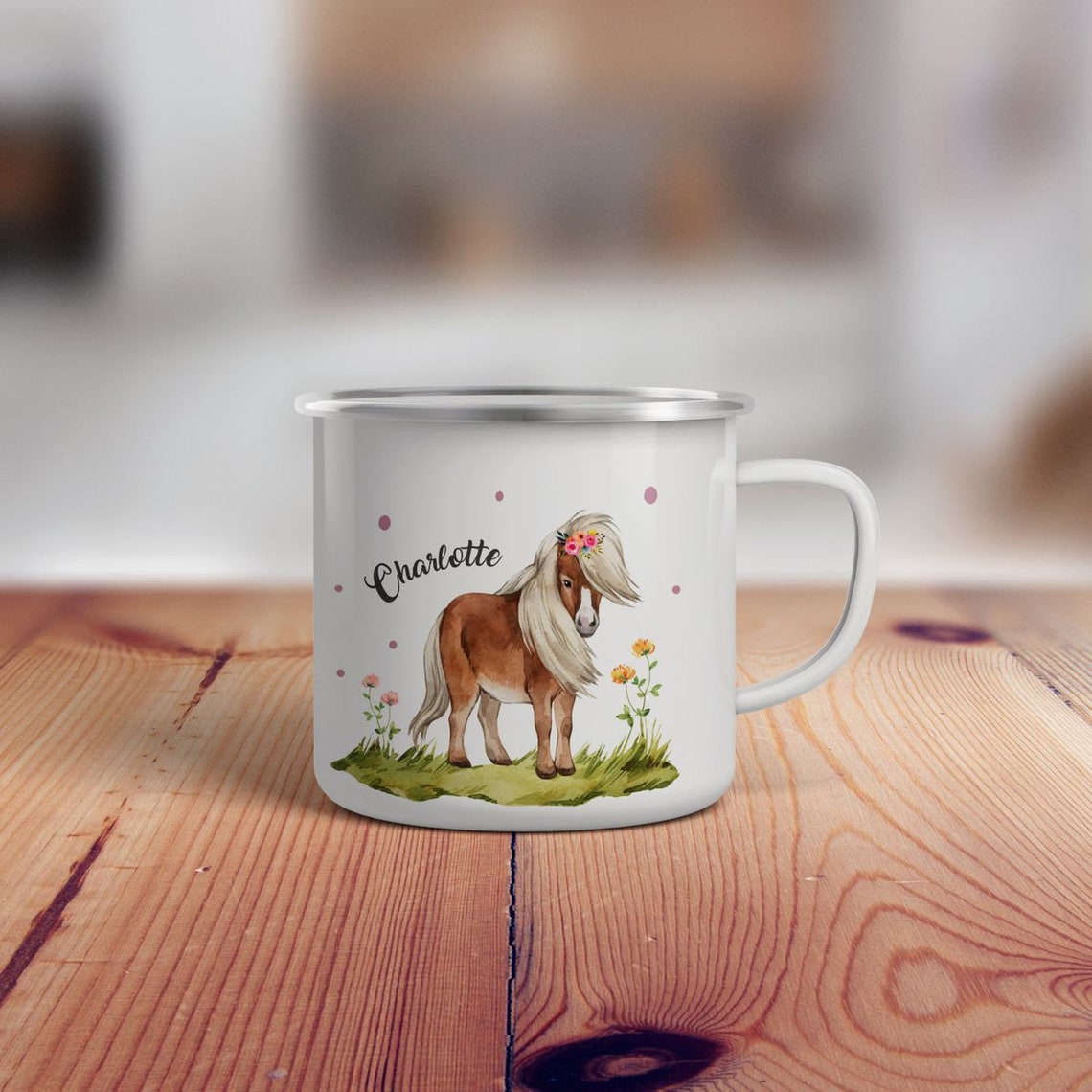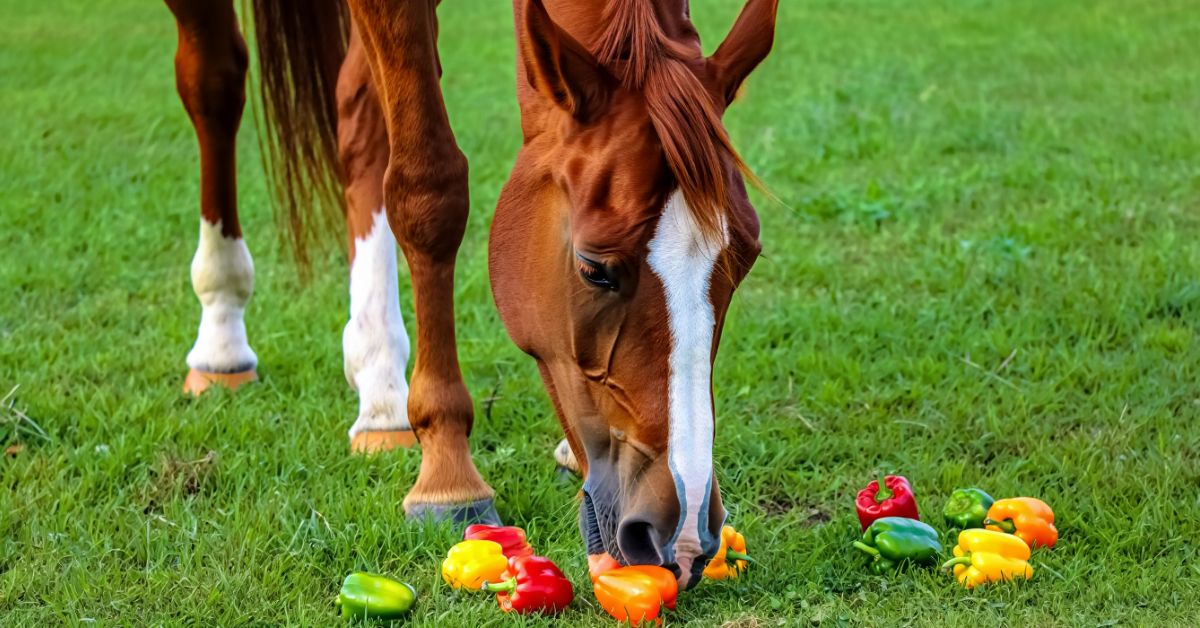
Can Horses Eat Bell Peppers? The Truth About This Controversial Treat
You're standing in your kitchen with a fresh bell pepper in hand, and your horse is watching you through the window with those pleading eyes. The question hits you: Can horses eat bell peppers?
Here's the short answer that might surprise you: It's complicated, and many experts advise against it. 🐴
While some sources claim small amounts of ripe bell peppers are safe, the overwhelming veterinary consensus is clear—bell peppers belong to the nightshade family, and these vegetables pose real risks to your horse's digestive system and overall health. Let me walk you through everything you need to know to make the safest choice for your beloved companion.
Understanding the Nightshade Controversy: Why Bell Peppers Are Risky
The Science Behind the Concern
Bell peppers for horses remains one of the most debated topics in equine nutrition. Here's why this controversy exists.
Bell peppers contain vitamins A and C, which sounds beneficial at first glance. However, they're members of the nightshade family (Solanaceae)—the same plant family that includes tomatoes, potatoes, and eggplants.
The real issue? All nightshade plants contain an alkaloid compound called solanine, which can be harmful to horses. ⚠️
Unlike humans who can tolerate moderate amounts of these compounds, horses have very low tolerance to solanine—much lower than humans. This fundamental difference in how our bodies process these vegetables is critical to understand.
What Makes Bell Peppers Different from Safe Vegetables?
While carrots, apples, and celery are universally accepted as safe fruits and vegetables for horses, bell peppers occupy a gray zone that makes many equine nutritionists uncomfortable.
The seeds, stems, and leaves of bell peppers contain toxic alkaloids, and even the flesh of the pepper—though less concentrated—still contains these compounds. The risk isn't worth the minimal nutritional benefit, especially when you have dozens of safer alternatives available.
Think of it this way: your horse's digestive system evolved over millions of years to process grasses and forage. Nightshade vegetables? Not so much. 🌿
The Real Risks: What Happens When Horses Eat Peppers
Solanine Poisoning in Horses: Symptoms to Watch For
If your horse accidentally consumes bell peppers, you need to know what signs to watch for. Symptoms of solanine poisoning include difficulty breathing, loss of strength, dilated pupils, antisocial behavior due to pain and stress, and legs weakening.
More common immediate reactions include:
-
Colic from vegetables: Ingesting peppers can cause horses to experience colic and diarrhea 💔
-
Stomach cramping and nausea
-
Lethargy and drowsiness
-
Excessive salivation
-
Abdominal pain and inflammation
Solanine inflames the digestive system, muscles, and joints, forcing perfectly healthy cells to die prematurely. This isn't just temporary discomfort—we're talking about genuine cellular damage.
The Choking Hazard Factor
Beyond the nightshade toxicity, there's another consideration. Like many firm vegetables, bell peppers can pose a choking hazard for horses.
Horses can't vomit. Let that sink in for a moment.
Unlike people, horses cannot vomit, which means any digestive upset has to run its course. This makes any questionable food choice potentially more dangerous for horses than for other animals.
What the Experts Say: Veterinary Consensus on Bell Peppers
The Professional Recommendation
Equine nutrition experts advise not to feed anything in the nightshade family, which includes tomatoes, potatoes, peppers, and eggplant.
Nightshade plants contain tropane alkaloids that can cause irritation of the intestinal tract, lethargy, and heart arrhythmias, with plants to avoid including potatoes, tomatoes, eggplants, and peppers.
The message from veterinary professionals is consistent: when it comes to feeding horses vegetables from the nightshade family, the risk simply outweighs any potential benefit. ✋
Red Bell Pepper vs. Green Bell Pepper: Does Color Matter?
You might wonder if red bell pepper horse treat options are safer than green ones, or if yellow bell pepper horse food is somehow different.
The truth? All colors of bell peppers are part of the same nightshade family, and all contain solanine to varying degrees. Color doesn't eliminate the risk—it's the plant family that's the problem, not the ripeness or variety.
Safe Alternatives: Better Vegetable Treats for Your Horse
The Best Horse-Friendly Vegetables
Instead of risking bell peppers for horses, here's what equine nutritionists actually recommend as natural horse treats: 🥕
Top-Tier Safe Options:
-
Carrots: The classic choice, packed with beta-carotene and easily digestible
-
Celery: Low in sugar, high in fiber, refreshing and crunchy
-
Cucumbers: Hydrating and safe (despite some conflicting sources)
-
Squash: Nutritious and generally well-tolerated
-
Pumpkin: Raw or cooked pumpkin is safe and palatable, with seeds fine in small amounts
Safe Fruits to Consider:
-
Apples (cut into pieces to prevent choking)
-
Watermelon (including the rind)
-
Bananas (in moderation)
-
Berries (strawberries, blueberries)
-
Pears (small amounts)
Understanding Moderation in Horse Treats
Even with safe options, moderation in horse treats is absolutely essential. Fruits and vegetables should be treats, not dietary staples, limited to no more than 10% of your horse's diet.
Your horse's primary nutrition should always come from quality hay, grass, and specially formulated feed. Treats are exactly that—occasional rewards, not meal replacements. 🎯
Feeding Guidelines: How to Safely Introduce New Foods
The Golden Rules of Equine Nutrition
When you're exploring what to avoid feeding horses, use these principles as your guide:
1. Research First, Feed Second Never offer your horse a new food without confirming its safety through multiple veterinary sources.
2. Start Small and Observe New foods should be introduced slowly to monitor for adverse reactions. Even "safe" foods can cause issues in individual horses.
3. Prepare Properly Always cut hard or large items like apples and carrots into manageable pieces to reduce choking risks.
4. Quality Matters Never feed moldy, spoiled, or questionable produce. Your horse's sensitive digestive system demands the best.
Creating a Safe Treat Strategy
Think of treat-giving as part of your overall horse care and nutrition plan. Here's my recommended approach:
-
Daily staples: Stick to proven winners like carrots and apples
-
Occasional variety: Rotate through other safe options like celery and squash
-
Training treats: Keep pieces tiny but frequent during training sessions
-
Bonding moments: Use treat time to strengthen your connection, not just to feed
Remember, the goal isn't to give your horse the widest variety possible—it's to keep them healthy, happy, and safe. 💚
Common Mistakes: What Horse Owners Get Wrong
Myth #1: "A Little Bit Won't Hurt"
This is perhaps the most dangerous assumption. The concentration of solanine in nightshade vegetables is lower than in deadly nightshade plants, but any amount of solanine is terrible for a horse.
You can't predict how your individual horse will react. Some horses might seem fine after eating a small amount of bell pepper, while others could develop serious complications. Why take that chance?
Myth #2: "Humans Eat It, So Horses Can Too"
This logic fails to account for the fundamental differences between human and equine digestive systems.
A horse's digestive system is very different from a human's, and some vegetables contain natural compounds that horses can't process. We can safely enjoy peppers, onions, and chocolate—but these can be toxic or even fatal to horses.
Myth #3: "Organic or Homegrown Makes It Safe"
Whether your bell peppers come from an organic farm or your backyard garden, they're still nightshades. The source doesn't change the fundamental chemical composition of the plant. 🌱
Emergency Protocol: What to Do If Your Horse Eats Bell Peppers
Immediate Steps to Take
If you discover your horse has consumed bell peppers, here's your action plan:
1. Assess the Amount How much did they eat? If they have only eaten a small serving, they may have stomach cramping and nausea but should be fine by morning, though tired from not sleeping well.
2. Watch for Symptoms Monitor closely for signs of distress: colic symptoms, lethargy, difficulty breathing, or behavioral changes.
3. Contact Your Veterinarian If your horse has been consuming peppers for a while, call the vet immediately, even if they aren't showing obvious signs of pain or distress.
4. Document Everything Note when they ate it, how much, and any symptoms observed. This information helps your vet provide the best care.
Long-Term Prevention
The best treatment is prevention. Store all vegetables containing alkaloids securely away from your horse. Check your pastures regularly for wild nightshade plants, which are even more dangerous than cultivated varieties.
Educate everyone who interacts with your horse—family members, barn staff, visitors—about which foods are off-limits. A well-meaning friend offering "just a bite" of their lunch could cause serious harm.
The Bottom Line: Making the Right Choice for Your Horse
So, can horses eat bell peppers? Technically, some horses might consume small amounts without immediate obvious harm. But should they? Absolutely not. ❌
The potential risks—from solanine poisoning to colic to long-term health complications—far outweigh any marginal nutritional benefit. With so many proven-safe alternatives available, there's simply no good reason to offer bell peppers to your horse.
Your horse depends on you to make informed decisions about their care. When experts consistently advise against a particular food, listening to that guidance isn't being overly cautious—it's being a responsible horse owner.
Making Informed Decisions About Horse Treats
Every horse owner wants to spoil their companion with tasty treats. That's natural and beautiful! But the best way to show your love isn't through variety for variety's sake—it's through thoughtful choices that prioritize their health and wellbeing.
Stick to time-tested safe fruits and vegetables for horses. Your horse will be just as happy munching on a crunchy carrot as they would be with something exotic and potentially harmful.
Trust me, after years in the equine world, I've seen too many preventable emergencies from well-meaning owners who thought "just this once" would be fine. Your horse's health is precious. Protect it. 🐎✨
FAQ: Bell Peppers and Horse Nutrition
Q: Are all colors of bell peppers equally dangerous for horses?
A: Yes. Red, green, yellow, and orange bell peppers all belong to the nightshade family and contain solanine. The color indicates ripeness, not safety level. All should be avoided in your horse diet.
Q: What about the nutritional value of bell peppers—don't horses need vitamin C?
A: While bell peppers do contain vitamins, horses actually synthesize their own vitamin C in their liver. They don't need dietary vitamin C like humans do. The minimal benefit doesn't justify the nightshade risk. There are plenty of safer ways to supplement vitamins for horses if needed.
Q: Can I feed bell pepper stems or seeds separately?
A: Absolutely not. The seeds, stems, and leaves contain the highest concentrations of toxic alkaloids. These parts are even more dangerous than the flesh of the pepper. Never feed can horses eat pepper stems or seeds to your horse.
Q: I've heard some European horse owners feed peppers without problems. Is this true?
A: While feeding practices vary globally, the veterinary consensus in equine nutrition science remains consistent: nightshade vegetables pose unnecessary risks to horses. Just because some horses have consumed them without immediately obvious effects doesn't mean they're safe or recommended.
Q: What's the difference between sweet peppers and hot peppers for horses?
A: Hot peppers are far more dangerous due to capsaicin, which irritates the digestive tract and can cause extreme discomfort. However, even sweet capsicum for horses should be avoided due to nightshade concerns. Neither type is safe.
Q: How do I know if my horse has nightshade poisoning?
A: Watch for symptoms including colic, lethargy, excessive salivation, difficulty breathing, dilated pupils, weakness, and unusual behavior. If you suspect nightshade poisoning, contact your veterinarian immediately. Time is critical in these situations.
Your Next Steps: Building a Safe Treat Routine
Ready to create the perfect treat strategy for your horse? Here's how to move forward:
🥕 Start Your Safe Treat List Download our free printable guide of horse-approved vegetables and fruits. Keep it in your barn or tack room for easy reference.
💬 Share Your Experience Have you encountered confusion about feeding horses human food? What's your go-to safe treat? Share your wisdom in the comments below—your experience could help another horse owner make safer choices! 👇
📧 Stay Informed Equine nutrition science evolves constantly. Subscribe to our newsletter for the latest horse owner guide to feeding, seasonal safety tips, and expert insights delivered straight to your inbox. Join over 10,000 horse lovers who trust Dream Horse for reliable guidance.
🔍 Explore More Horse Care Topics Curious about other controversial foods? Check out our comprehensive guide on "[What Vegetables Can Horses Eat: The Complete Safety Guide]" for detailed information on dozens of food options.
Your horse's health starts with informed choices. Together, let's build a community of responsible, knowledgeable horse owners who put safety first—without sacrificing the joy of treating our beloved companions.
Stay safe in the saddle, friends! 🐴💖
